ECB Vice President Luis de Guindos said asset purchases need to be completed before interest rates can rise. However, “we will look at the data, the projections and then we will readjust asset purchases if needed and will see when an interest rate hike can take place.”
Governing Council member Bostjan Vasle said the Eurofi Magazine, “The time seems right for our monetary policy to move out of crisis mode and start the process of gradual normalisation.”
“With the return of economic activity to the pre-crisis level, looming labour shortages and in part structural pressures on energy prices, our monetary policy needs to start rebuilding its space to be ready to respond to the next business cycle,” Vasle added.



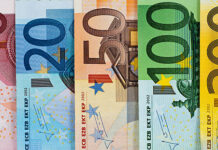

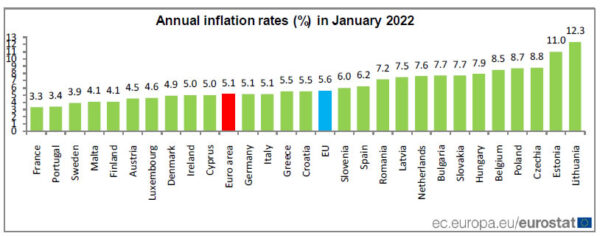
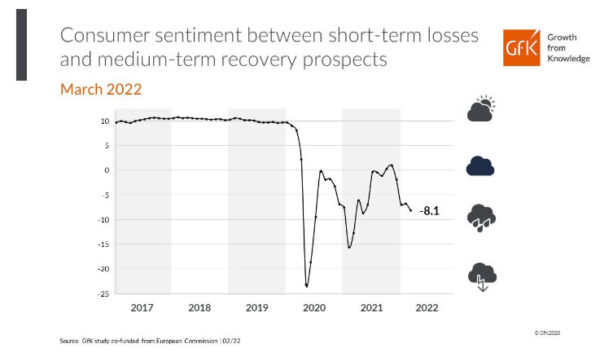
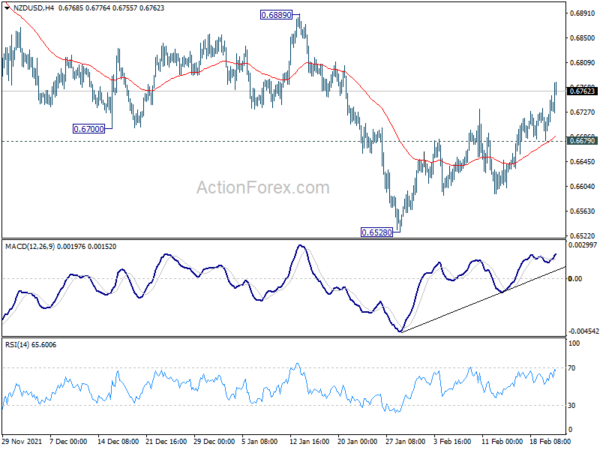
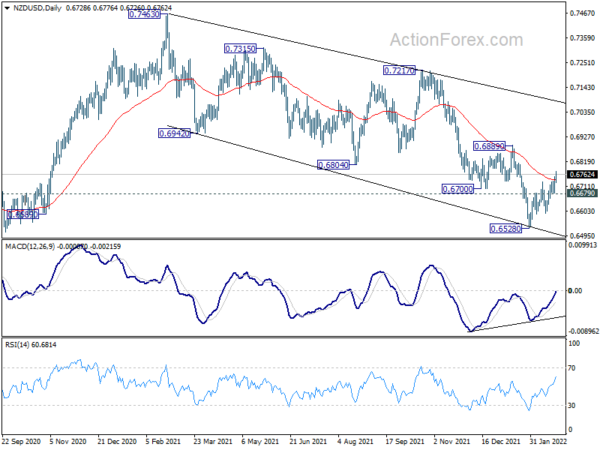
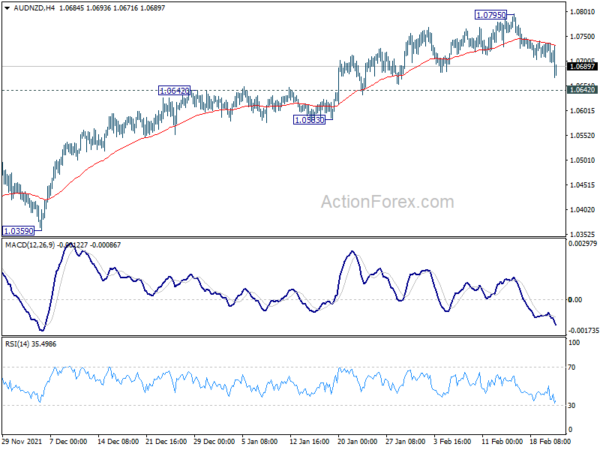
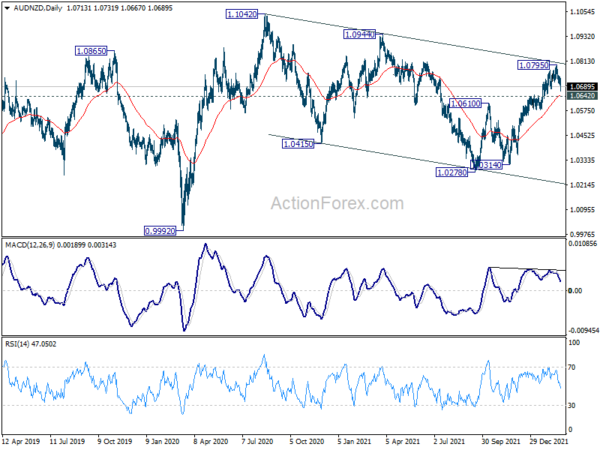
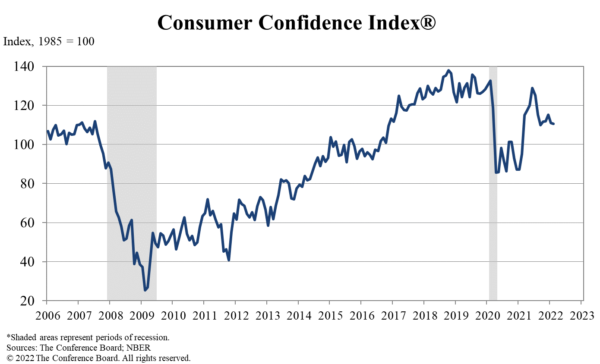
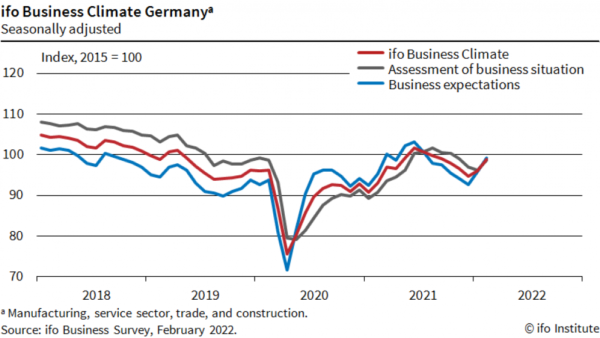
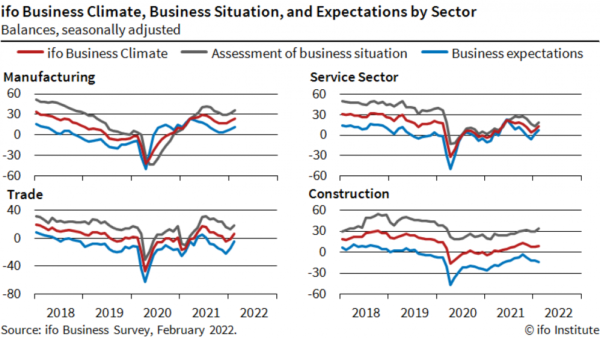
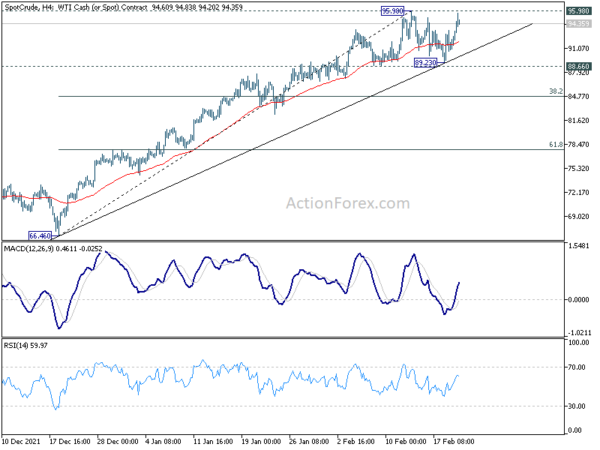
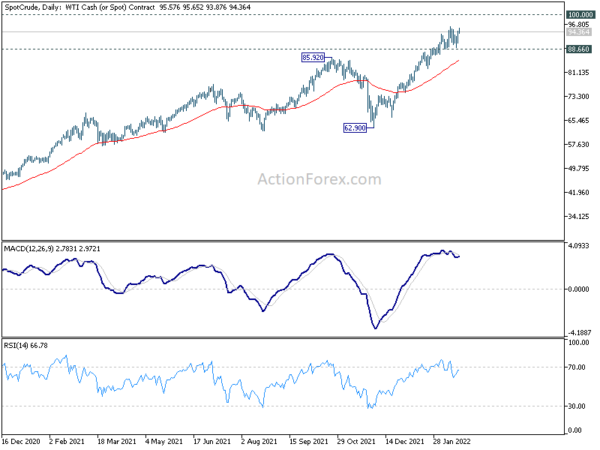
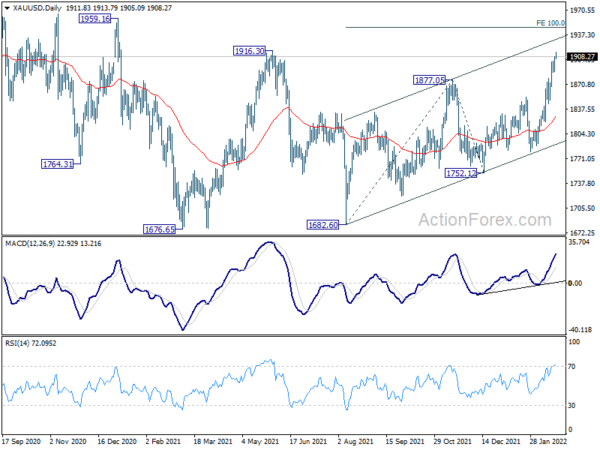
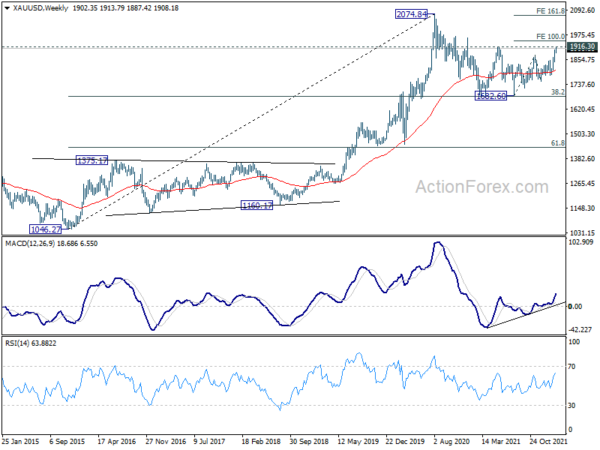
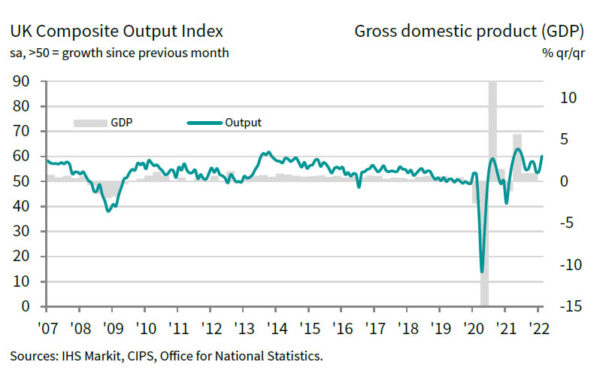
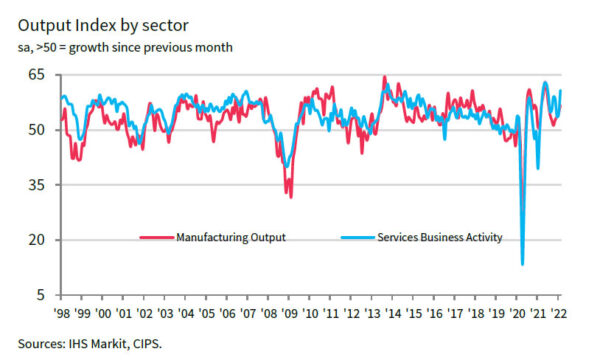
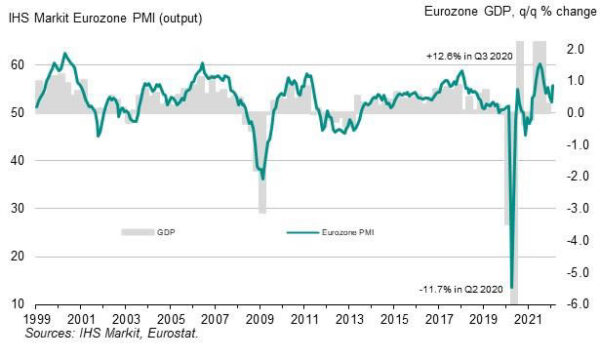
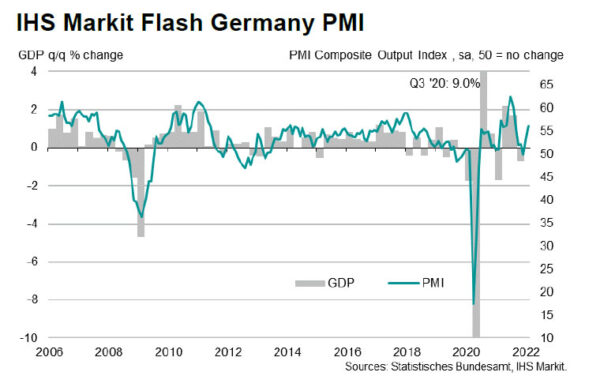
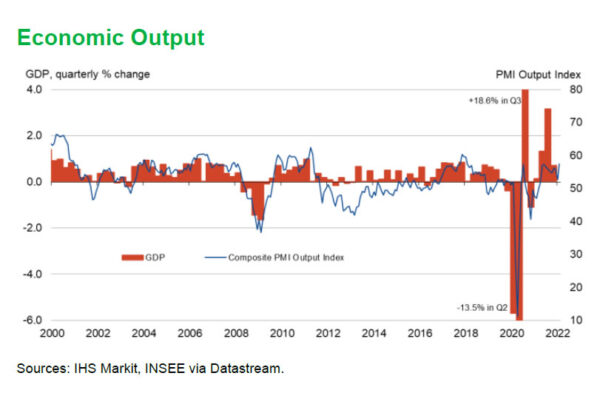

ECB Lane hints at earlier end to asset purchases
ECB Chief Economist Philip Lane said in an interview, “if inflation rates are moving towards our target in the medium term, which is now looking more likely – instead of being well below two per cent as before the pandemic – we will adjust monetary policy”. That’s because, “we would then, for example, no longer need to make asset purchases to stabilise inflation at our target over the medium term.”
“It was different in December, when surveys still showed the expectation that we would need to maintain asset purchases until the middle of next year, but the timeline may be shorter than what people expected then,” he added.
Lane also reiterated the “sequencing” of policy normalization. That is, “our net assets purchases will first be scaled down, then ended. Then, the key policy rates will only increase above their current levels if the conditions consistent with our medium-term inflation target are met. So before we talk about potential rate decisions, we need to end net asset purchases. And we need to prepare the market for the eventual end of these purchases.
Full interview here.